Webtoon: Comprehensive Guide, Discover, Create, and Enjoy Digital Comics
What Are Webtoons?
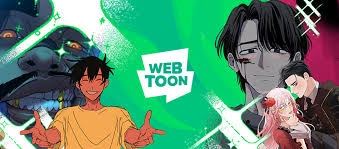
Webtoons are digital comics optimized for vertical scrolling, offering a seamless reading experience on mobile devices. They originated in South Korea and have since become a global phenomenon, captivating millions with their engaging storytelling and diverse genres. Unlike traditional comics, webtoons feature colorful art styles and episodic content, often released weekly.
➀✔️So, We offer you to Read free Manhwa scans online, Manga and Comics online free, updated & fastest, most full, synthesized with high-quality images, with full English translation here in one place at Arenascan site
Why Are Webtoons Popular?
1. Accessibility Across Devices
Webtoons are designed for smartphones and tablets, allowing users to read anywhere, anytime. The intuitive swipe-down navigation makes them easy to consume on the go.
2. Diverse Genres for Every Reader
From romance and fantasy to horror and slice-of-life, webtoons cater to all tastes. Popular genres include:
- Romance: Heartwarming and dramatic tales of love and relationships.
- Fantasy: Immersive worlds filled with magic and adventure.
- Action: High-stakes battles and gripping narratives.
- Horror: Spine-chilling stories that keep readers on edge.
3. Interactive Community Features
Platforms allow readers to engage with creators through comments and fan art. This interaction fosters a strong sense of community.
Top Platforms for Webtoon Enthusiasts
1. LINE Webtoon
LINE Webtoon, a pioneer in the industry, offers thousands of free-to-read webtoons. It includes features like daily updates, genre filters, and creator tools.
2. Tapas
Tapas combines webtoons with serialized novels, appealing to both visual and literary audiences. Its subscription model supports creators directly.
3. Lezhin Comics
Focusing on premium content, Lezhin offers mature and exclusive webtoons for readers seeking high-quality narratives.
How to Create Your Own Webtoon
Creating a webtoon is a rewarding process that allows artists and writers to share their stories with a global audience.
1. Develop a Unique Concept
Identify a theme or story that resonates with your target audience. Popular webtoons often blend humor, drama, and relatable characters.
2. Master the Art of Storyboarding
Storyboarding is crucial for planning the pacing and layout. Use tools like Photoshop or Clip Studio Paint to draft panels.
3. Use Digital Tools
Webtoon-specific software, such as MediBang Paint or Procreate, simplifies the creation process. Ensure your artwork is optimized for vertical scrolling.
4. Publish and Promote
Platforms like LINE Webtoon and Tapas provide publishing tools. Promote your work on social media to attract readers.
The Future of Webtoons
The webtoon industry shows no signs of slowing down. Innovations such as animated adaptations, augmented reality features, and cross-platform integrations are transforming the way we experience digital comics. Webtoons are also gaining traction in global markets, with translations and cultural adaptations broadening their reach.
The Webtoon Creation Process
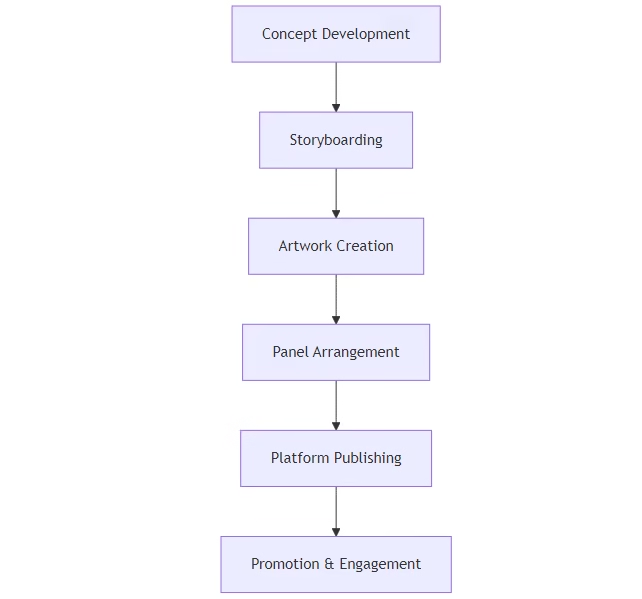
Conclusion
Webtoons are revolutionizing the comic industry by making stories accessible, engaging, and innovative. Whether you’re a reader seeking diverse narratives or a creator looking to share your vision, webtoons offer limitless opportunities to explore and enjoy. Dive into the world of webtoons today and become part of this ever-growing phenomenon.
Webtoon FAQ
1. What are the essential tools for creating a webtoon?
To create a webtoon, you need digital art software like Clip Studio Paint, Procreate, or Adobe Photoshop. For webtoon-specific formatting, tools like MediBang Paint and Krita are also great. Additionally, a drawing tablet like Wacom or XP-Pen ensures better precision for your art.
2. How do I start developing a story for my webtoon?
Start by brainstorming unique concepts and character dynamics. It’s essential to decide the genre and tone first. Develop the characters’ backstories, motivations, and relationships. Plan the plot arc with a clear beginning, middle, and end. Consider pacing, as webtoons are often structured episodically.
3. What software is best for drawing webtoons?
Some of the most popular software for creating webtoons include Clip Studio Paint (which has specialized tools for comic creation), Procreate (great for sketching and drawing), and Adobe Photoshop (for detailed editing and coloring). MediBang Paint and Krita are also free and great for beginners.
4. How do I format my webtoon for mobile viewing?
Webtoons are usually designed for vertical scrolling, so you need to create your artwork in a single column format. The recommended canvas size for webtoons is typically 800px wide by 1280px long (or even longer for more detailed episodes). Each panel should fit the screen height, keeping in mind that viewers will scroll downwards.
5. What are the most common mistakes new webtoon creators make?
- Overcomplicating the plot: Keep the storyline simple and digestible for each episode.
- Inconsistent art style: Ensure your style is consistent across all panels and episodes.
- Ignoring pacing: Webtoons have a unique pacing due to their format, so keep the flow engaging.
- Poor readability: Avoid cluttered panels. Make sure your artwork and dialogue are easy to follow on a small screen.
6. How do I plan the layout and panels for a webtoon episode?
Storyboarding is essential. Break down the scenes into panels that flow naturally from one to the next. For webtoons, it’s important to think about the vertical flow and avoid overwhelming the reader with too many details at once. Keep one panel per scroll for a smooth reading experience.
7. What skills are necessary to become a successful webtoon artist?
Aside from artistic skills, you’ll need good storytelling abilities to develop engaging characters and plots. A strong grasp of composition, color theory, perspective, and character design is also essential. Understanding digital art tools and the webtoon format will ensure your webtoon looks professional.
8. How can I monetize my webtoon effectively?
You can monetize your webtoon by joining platforms like LINE Webtoon or Tapas, which offer revenue through ad shares, tipping, or premium content. Additionally, you can sell merchandise, seek sponsorships, or use Patreon for direct fan support. Crowdfunding via platforms like Kickstarter can also help fund your projects.
9. What platforms are best for publishing webtoons?
The most popular platforms include:
- LINE Webtoon: Offers a large audience and monetization opportunities.
- Tapas: Combines webcomics with novels and provides a tipping system.
- Lezhin Comics: Known for premium webtoons and exclusivity.
- Webtoon Factory: Great for creators seeking to build a fan base quickly.
- KakaoPage: Popular in South Korea, it offers a pay-per-chapter model.
10. How do I gain more readers for my webtoon?
- Consistent posting: Release episodes on a regular schedule.
- Social media promotion: Share your webtoon on Instagram, Twitter, and Reddit.
- Engage with your audience: Respond to comments, host Q&As, and ask for feedback.
- Collaborate with other creators: Team up with fellow webtoon artists for cross-promotion.
11. What are some popular genres in webtoons, and which should I choose?
Popular genres include:
- Romance
- Fantasy
- Action
- Comedy
- Horror
- Mystery/Thriller Select a genre that resonates with you as a creator but also considers what’s popular among your target audience. Romance and fantasy tend to perform well due to their broad appeal.
12. How do I market my webtoon on social media?
Leverage platforms like Instagram, Twitter, and TikTok to showcase snippets, behind-the-scenes art, and interact with fans. You can create a Hashtag campaign for your webtoon or join comic communities on Reddit or Discord to connect with readers and promote your work.
13. What is the ideal length for a webtoon episode?
Webtoon episodes usually range between 20-60 panels. Aim for a length that fits into the average reader’s time—typically 3-10 minutes of reading. It’s essential to balance plot progression with pacing for the digital medium.
14. How can I collaborate with writers or other artists for a webtoon project?
To collaborate, find writers or artists through online platforms like DeviantArt, Reddit, ArtStation, or Twitter. You can also use collaboration platforms such as Storyboard Artists or Comic Book Resources to find partners with complementary skills.
15. What are the technical requirements for uploading a webtoon to LINE Webtoon or Tapas?
Ensure your webtoon is in vertical scroll format, typically around 800px wide by 1280px tall. You may need to create the artwork in specific file formats like JPEG or PNG. Both platforms have specific guidelines on file sizes and upload options, so check their help sections for details.
16. How do I maintain consistency in my art style and storytelling?
Develop a style guide for your webtoon, which includes character design sheets, color palettes, and tone guidelines. Stick to these throughout the series to maintain consistency. Writing detailed scripts and notes for each episode can help you avoid plot inconsistencies.
17. What is the difference between creating a webtoon and a traditional comic?
The main difference lies in the format—webtoons are designed for vertical scrolling and optimized for mobile devices, whereas traditional comics use a page-by-page layout. Webtoons also often focus on episodic content with shorter, more frequent updates.
18. How do I handle feedback and criticism from readers?
Accept feedback graciously, as it can help improve your work. Separate yourself from the work to avoid taking critiques personally. Engage with readers who offer constructive criticism, and consider implementing valuable suggestions for future episodes.
19. What are some tips for creating engaging characters in a webtoon?
Give each character distinct personality traits, motivations, and flaws. Visual design is also crucial; ensure characters are recognizable and fit their personality. Strong character arcs are key—make sure they evolve over time to maintain reader interest.
20. How do I transition my webtoon from hobby to full-time career?
Focus on creating a large body of work to build a consistent audience. Monetize through platforms like Patreon or Webtoon, and seek opportunities to adapt your webtoon into other media like animation or merchandise. Gradually increase the time and effort you dedicate to the project, allowing your passion to become a profession.
Additional Frequently Asked Questions:
21. Can I create a webtoon without a large following?
Yes, many webtoon creators start without a significant following. Consistency, quality content, and social media promotion help build your audience over time.
22. How long does it take to create a webtoon episode?
Creating an episode can take anywhere from a few days to a couple of weeks, depending on the complexity of the art and the length of the episode. Regular, shorter episodes are often easier to manage than long ones.
23. Are there any webtoon conventions or events?
Yes, major events like Webtoon Artist Meetups and conventions such as Comic-Con often have panels and workshops for aspiring webtoon creators.
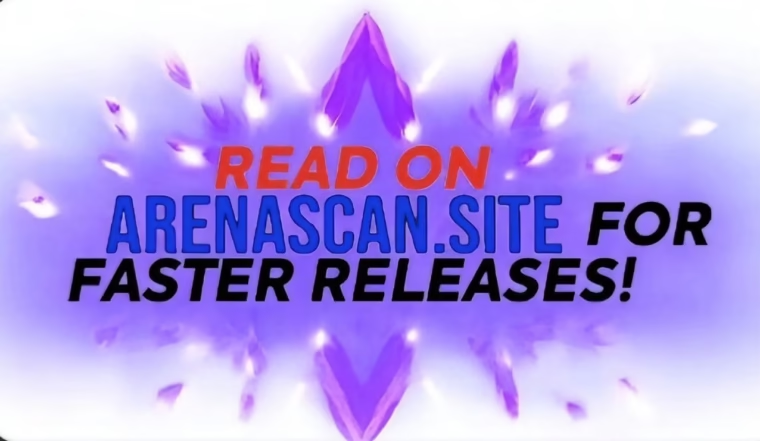
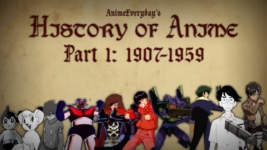
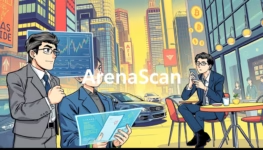
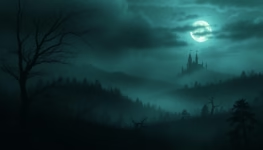
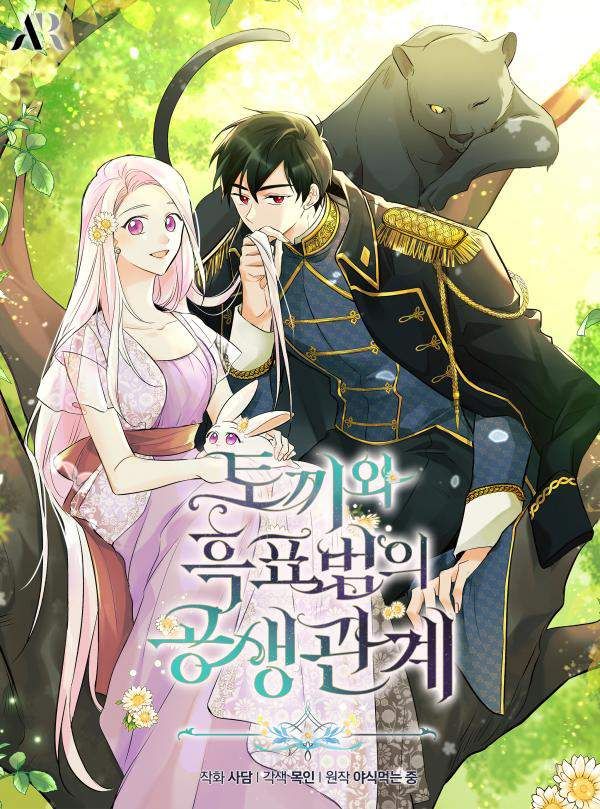

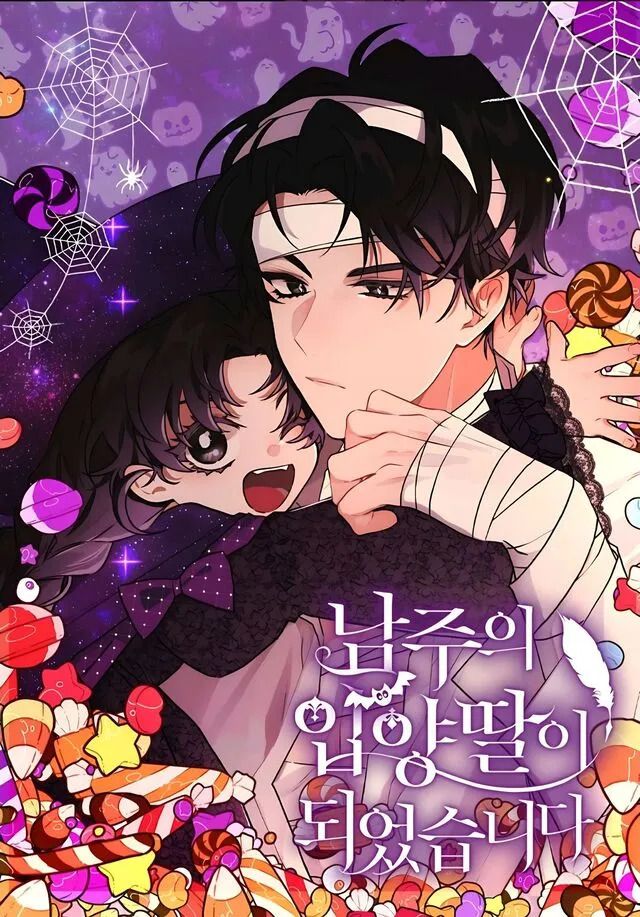


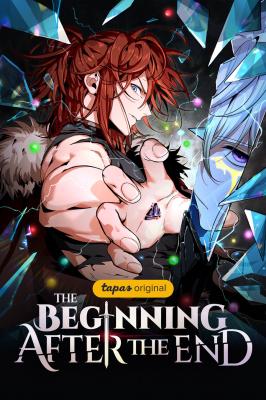
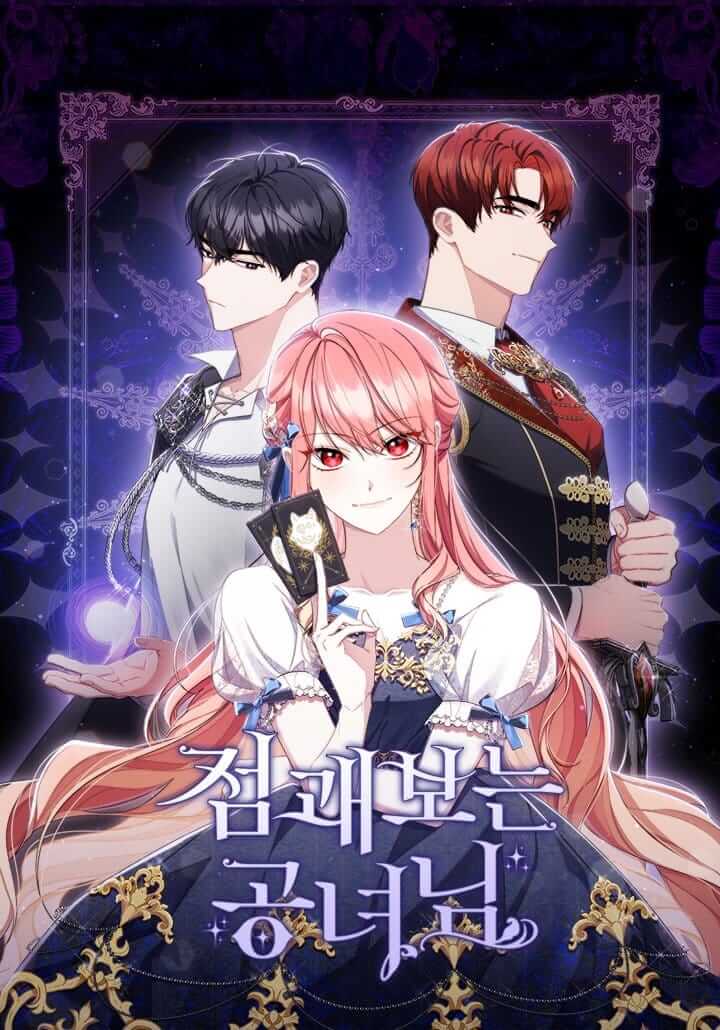

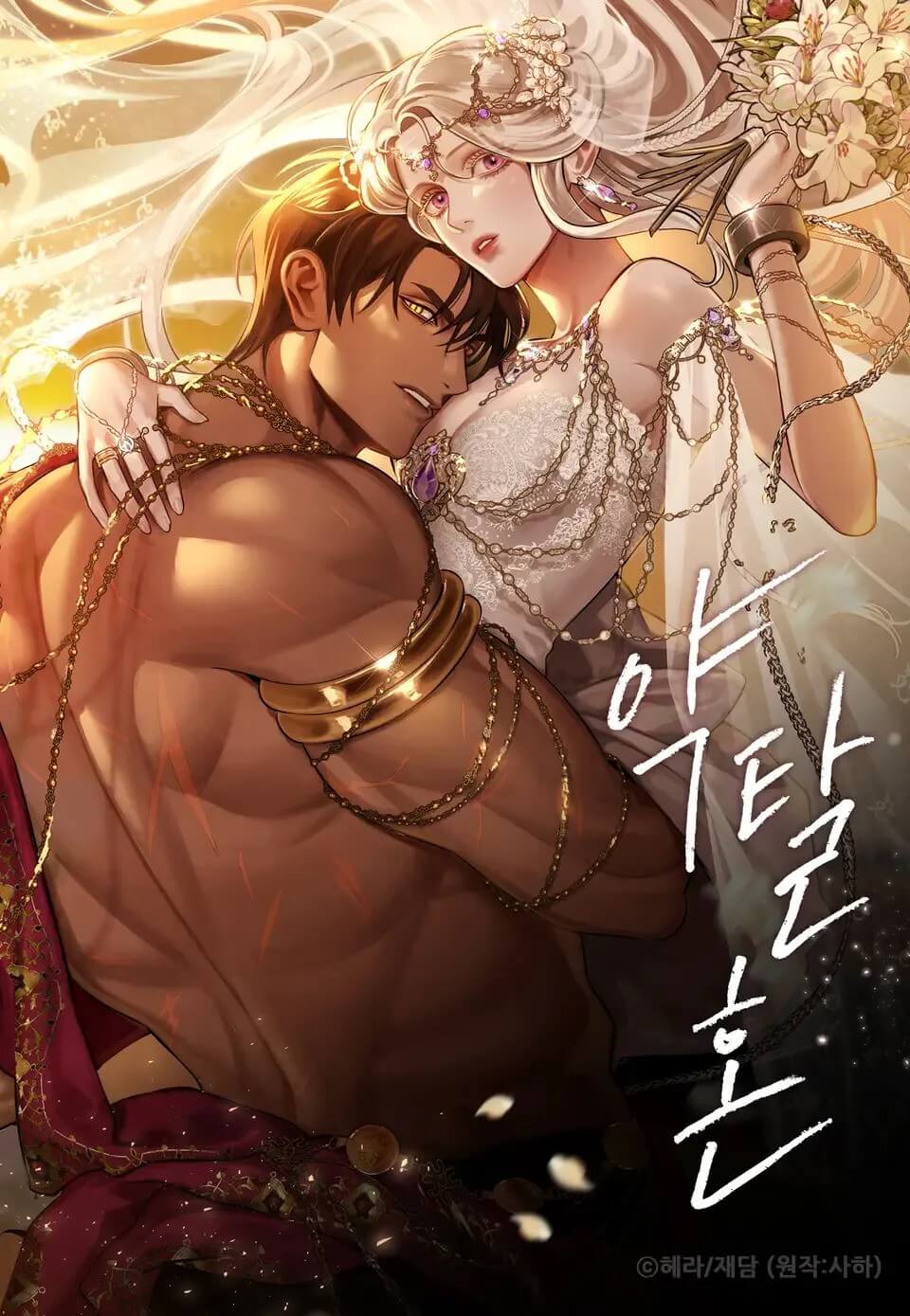


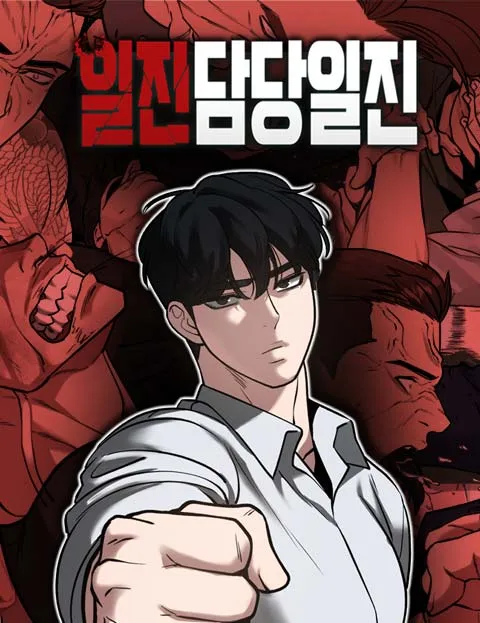





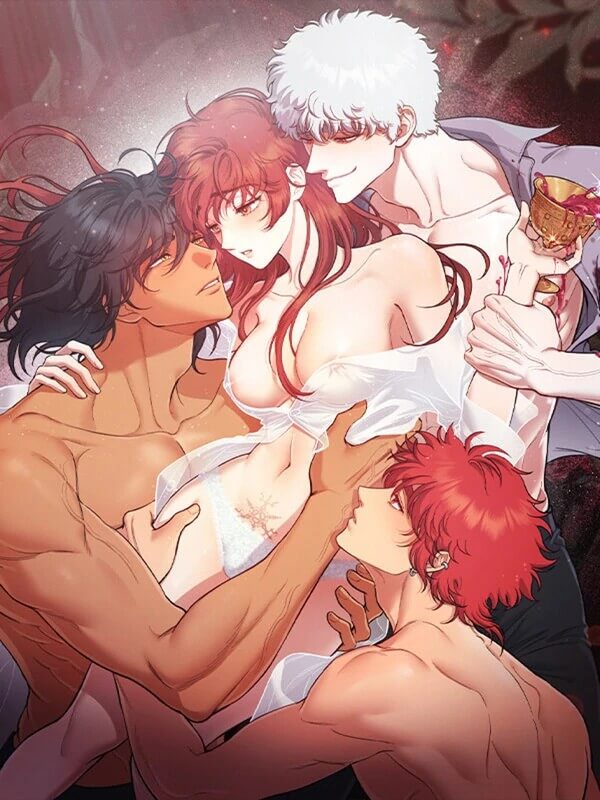

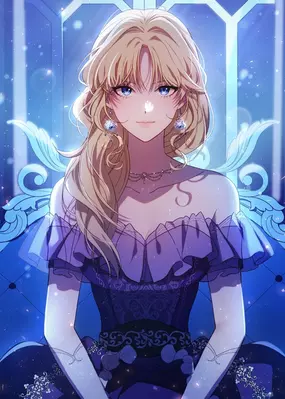








Comment